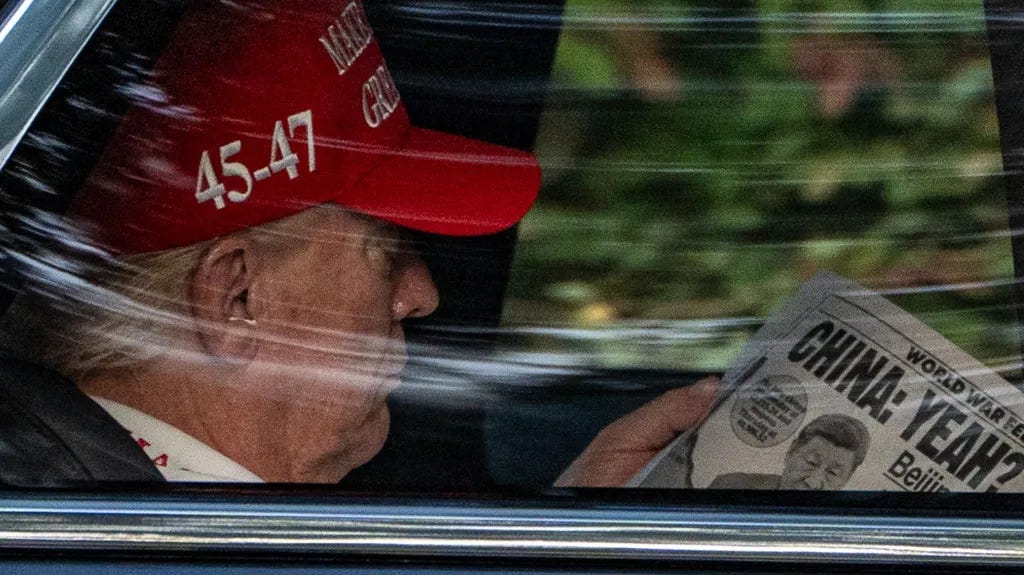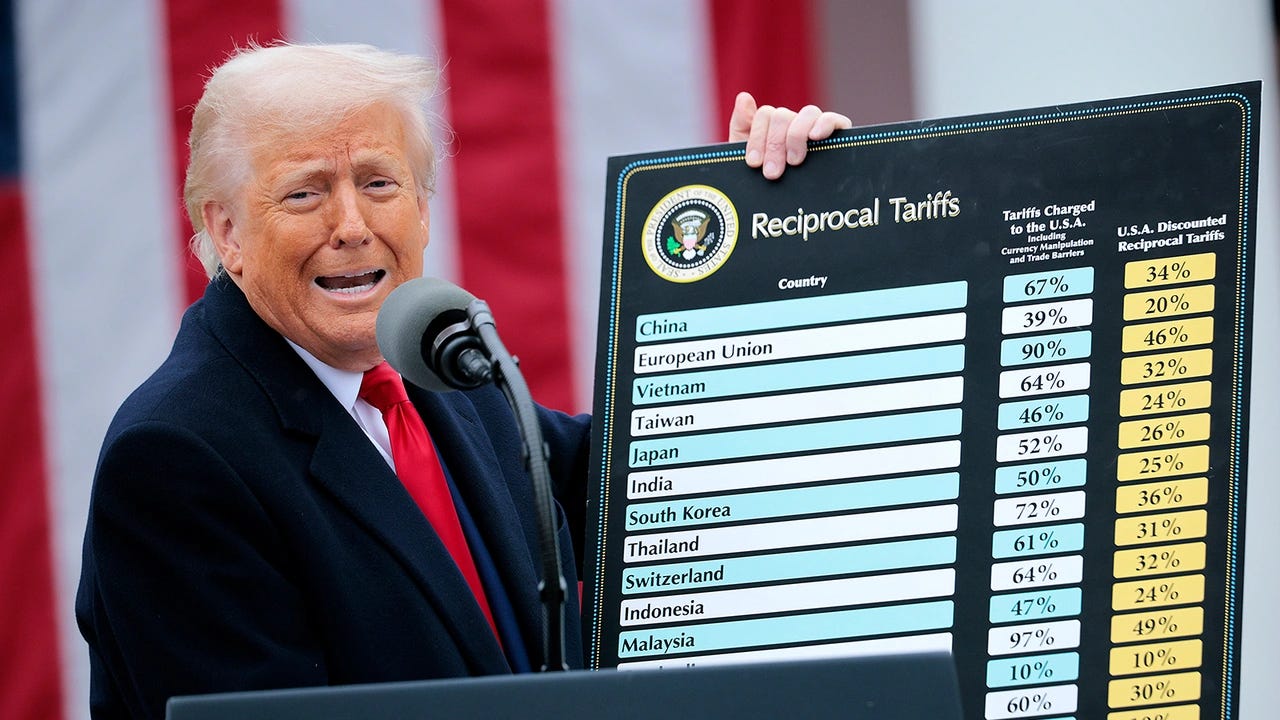My latest #ThoughtoftheDayonChina: Trump’s tariffs offer China an opportunity riding a dangerous wind
Reprinted from today's South China Morning Post.
On Wednesday, US President Donald Trump declared “Liberation Day” for the United States by initiating a global trade war. For the rest of the world, it was a day marked by anger, frustration and regret.
China, deemed one of “the worst offenders” by Trump, was hit hardest at a time when its economy is struggling. The Ministry of Commerce promptly expressed opposition and vowed to implement countermeasures to safeguard China’s rights and interests.
However, Beijing should view Trump’s extreme measures as an opportunity. Although the tariffs deliver a short-term blow to China’s economy, these measures could serve as a catalyst for China to increase domestic stimulus and take decisive steps to forge closer trade and economic ties with its major trading partners who were also affected by the higher US tariffs.
In the “Liberation Day” announcement, Trump imposed a 34 per cent “reciprocal tariff” on Chinese goods in addition to the 20 per cent previously levied because of Beijing’s purported failure to curb the flow of raw materials for fentanyl to the US. Before Trump’s presidency, the average US tariff on China was 15 per cent; thus, the April 2 announcement raised the average tariff rate on Chinese goods to a staggering 69 per cent.
Furthermore, Trump ended the duty-free exemptions for China’s small parcel exports, which amounted to US$30-$50 billion annually. Consequently, China’s exports, a major driver of economic growth, are poised for a sharp decline.
Larry Hu, chief China economist at investment bank Macquarie, estimated that Trump’s latest tariffs could reduce China’s exports by 15 percentage points and its gross domestic product growth by 2-2.5 percentage points. “The impact could manifest itself through multiple channels such as falling US demand for Chinese goods, the potential global economic slowdown and the hit on export re-routing,” Hu wrote in a research report released on Thursday.
Following Trump’s initial trade war against China in 2018, Chinese manufacturers began relocating some operations to Southeast Asian and Latin American countries, including Vietnam and Brazil, to circumvent US tariffs. Consequently, the share of Southeast Asia and Latin America in China’s total exports rose from 18 per cent in 2017 to 24 per cent in 2024, more than offsetting the decline in US share (from 19 per cent in 2017 to 15 per cent in 2024).
However, Trump 2.0 has halted export re-routing. The US also sharply increased tariffs on several Southeast Asian and Latin American economies, including Vietnam (up 46 per cent), Thailand (up 36 per cent) and Brazil (up 10 per cent).
In 2024, China’s net exports of goods and services accounted for about 30 per cent of its economic activities, contributing 1.5 percentage points to its total GDP growth rate of around 5 per cent. Although China has set a similar 5 per cent growth target for this year, the contribution from exports will be significantly smaller, if any at all.
What happens next? Given Trump’s previous tariff threats and escalating geopolitical tensions, China is likely to have prepared a series of countermeasures, including devaluing the yuan to mitigate the impact.
More importantly, Trump’s extreme measures could compel Beijing to undertake long-awaited efforts to rebalance its economy by further stimulating domestic demand. This is a priority the leadership acknowledges publicly but has been slow to prioritise.
This reluctance is tied to China’s economic management philosophy, in place since the modern founding of the country in 1949, which emphasises a development model prioritising industrial output over living standards and capital investment over consumer spending. In other words, Beijing has long relied on two traditional engines of growth: exports and infrastructure investment.
China’s household consumption accounts for about 38 per cent of GDP, compared to 60 to 70 per cent in Western countries. Revitalising the private sector is crucial for China to pivot to domestic consumption to achieve its 5 per cent growth target as private businesses contribute 60 per cent of China’s GDP and account for more than 80 per cent of urban employment in a country where youth unemployment is in double digits.
The success of DeepSeek and the animated blockbuster Ne Zha 2, both produced by private entrepreneurs, has shown that China’s private sector is beginning to lead the country’s hi-tech ambitions and soft power, no longer playing a secondary role to the state sector. That explains President Xi Jinping’s high-profile meeting with a select group of private entrepreneurs in February – his first such meeting in nearly seven years.
As one of the largest beneficiaries of globalisation, it is equally important that China capitalises on negative responses to Trump’s global trade war to champion free trade. While Trump raises tariffs on the rest of the world, China should act swiftly to lower tariffs and other trade barriers with its major trading partners, including the European Union, Japan, South Korea and Australia.
Previously, China had negotiated free trade agreements with Japan and South Korea, and a separate bilateral investment treaty with EU but those agreements have been put on hold because of various geopolitical reasons. Perhaps Trump’s global trade war will rekindle interest on both sides.
Regional integration between China and Southeast Asia has led the way. Under their free trade framework, more than 90 per cent of goods from the two sides are subject to zero tariffs, prompting Southeast Asia to overtake the EU as China’s largest trading partner in 2020.
To paraphrase a Chinese proverb, Trump’s extreme tariffs present an opportunity riding a dangerous wind.
End.




